Keeping a clean kitchen is essential for both hygiene and aesthetics, yet many of us unknowingly practice habits that hinder our cleaning efforts.
These bad habits not only make cleaning more laborious but can also lead to health issues. Here, we explore 10 common kitchen cleaning habits that are best left behind.
By embracing new techniques and approaches, you can transform your kitchen into a sparkling haven, making meal preparation a joyful and sanitary experience.
1. Ignoring the Sink
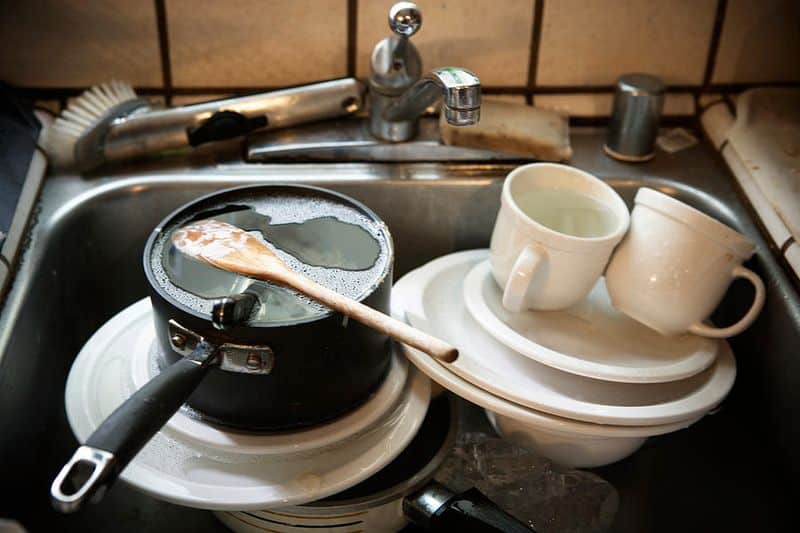
The sink is often the heart of the kitchen, yet it’s easy to overlook. Leaving dishes to pile up not only creates an unpleasant sight but also breeds bacteria.
After every meal, devote a few minutes to rinsing and loading the dishwasher. Over time, this practice becomes second nature, leading to a consistently clean sink area.
Moreover, regularly clean the sink itself. A simple mixture of vinegar and baking soda works wonders. Just imagine a sink that’s as inviting as your favorite coffee mug.
Keeping it pristine ensures it’s ready for the next culinary adventure.
2. Overlooking the Fridge
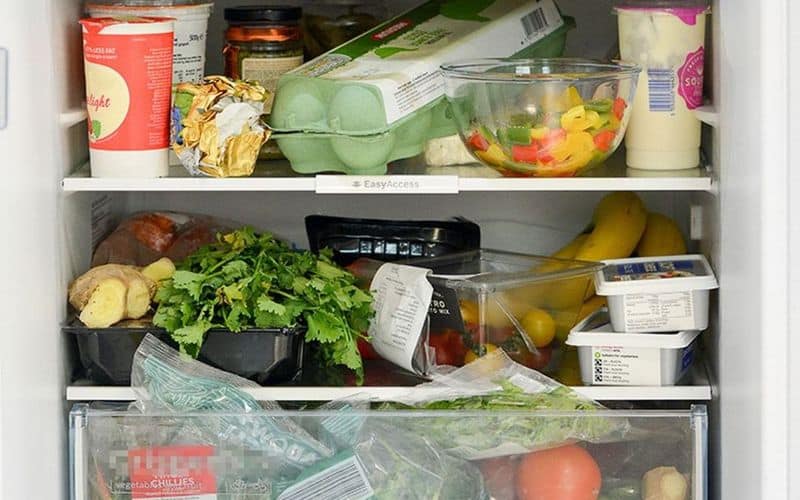
Your refrigerator is the keeper of freshness, but without regular maintenance, it can become a wasteland of forgotten leftovers.
Take time to sort through your fridge weekly, discarding anything past its prime. This simple act prevents unpleasant odors and makes room for fresh groceries.
Wipe down shelves with warm soapy water to remove spills and crumbs. The key is consistency; a well-organized fridge makes meal planning a breeze.
Feel the satisfaction of opening a fridge where everything is visible and accessible. It’s an easy win in the battle against kitchen chaos.
3. Neglecting the Oven
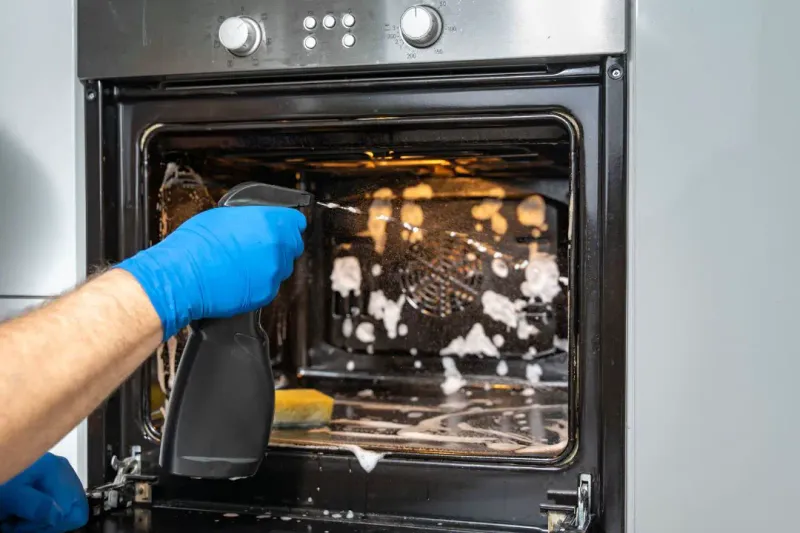
The oven is a powerhouse appliance, yet it often sits neglected, accumulating layers of grime. Regular cleaning is a must to maintain efficiency and avoid unpleasant smells.
Just think of the delight in a spotless oven ready to bake your favorite treats.
A gentle scrub with baking soda and water can work wonders on stubborn stains. Monthly attention is usually sufficient unless you are a frequent baker.
The effort is minimal compared to the benefits of a clean, efficient oven that cooks evenly and quickly. A clean oven makes every meal preparation a joy.
4. Using Dirty Sponges
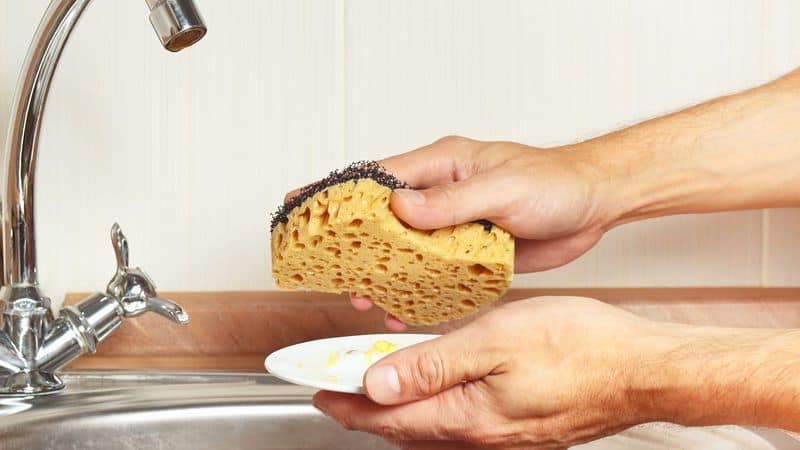
Sponges are the unsung heroes of kitchen cleaning, but they can quickly become breeding grounds for bacteria if neglected.
Rinse them thoroughly after each use and replace them regularly. A fresh sponge ensures effective cleaning and prevents the spread of germs.
Try microwaving a damp sponge for a couple of minutes to sanitize it, but don’t forget to replace it every couple of weeks.
Remember, a clean sponge feels like a new tool in your cleaning arsenal. It’s a small change that makes a profound difference in maintaining a healthy kitchen environment.
5. Skipping the Floor
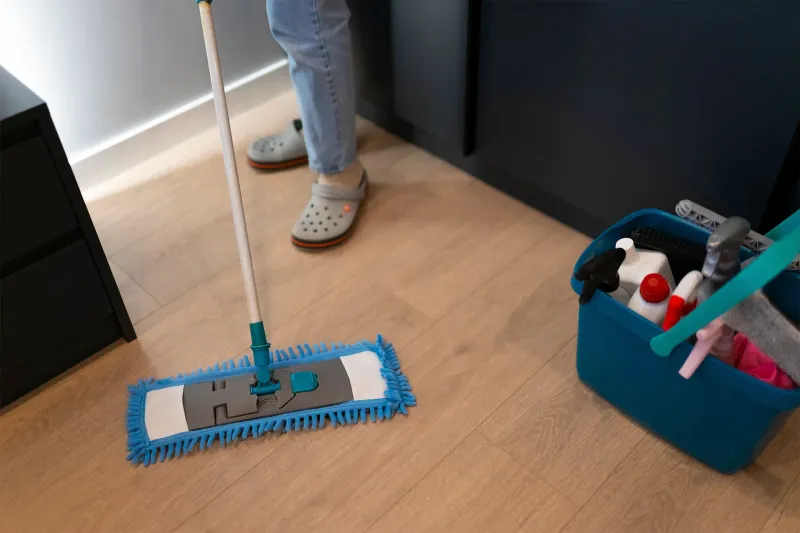
The kitchen floor often bears the brunt of spills and crumbs, yet it’s frequently overlooked during cleaning routines. A quick sweep after meals prevents dirt from accumulating and keeps pests at bay.
Mopping should be a regular occurrence, using a cleaner appropriate for your flooring type. Imagine the joy of walking barefoot on a clean, crumb-free surface.
It’s a simple pleasure that enhances the kitchen experience, making the entire space feel more inviting and comfortable.
Don’t let the floor become an afterthought; treat it with the care it deserves.
6. Forgetting the Trash Can
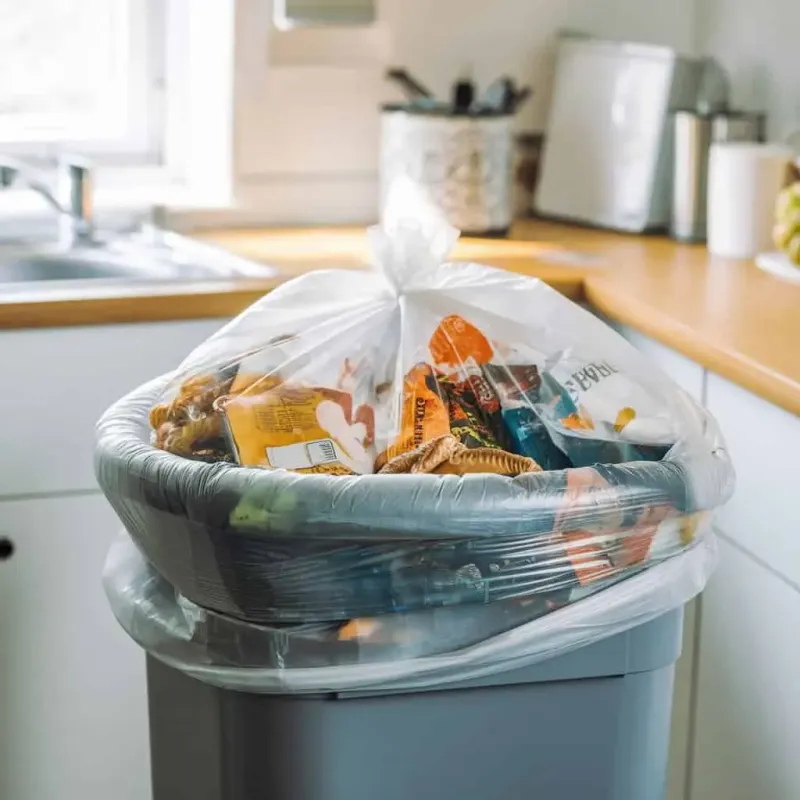
Trash cans are out of sight, out of mind, but neglecting them leads to unpleasant odors and pests. Empty the trash regularly and clean the can itself with disinfectant.
Think of it as a mini makeover for your trash can, transforming it from a smelly nuisance to a non-issue.
A clean trash can contributes significantly to a fresher kitchen atmosphere. Consider using trash bags with odor control or adding a deodorizer at the bottom of the can.
These small adjustments ensure your kitchen remains a pleasant place to cook and gather.
7. Not Cleaning Small Appliances

Small appliances like toasters, blenders, and coffee makers often get overlooked. Yet, they require regular cleaning to function properly and prevent build-up.
Take your toaster, for example—clean out crumbs to avoid a potential fire hazard.
Wiping down these appliances with a damp cloth after each use keeps them fresh and ready for action. Plus, it’s visually pleasing to have a clean counter.
Let’s not leave these hardworking companions in a state of neglect; a little care goes a long way in extending their lifespan and maintaining a tidy kitchen.
8. Avoiding the Microwave
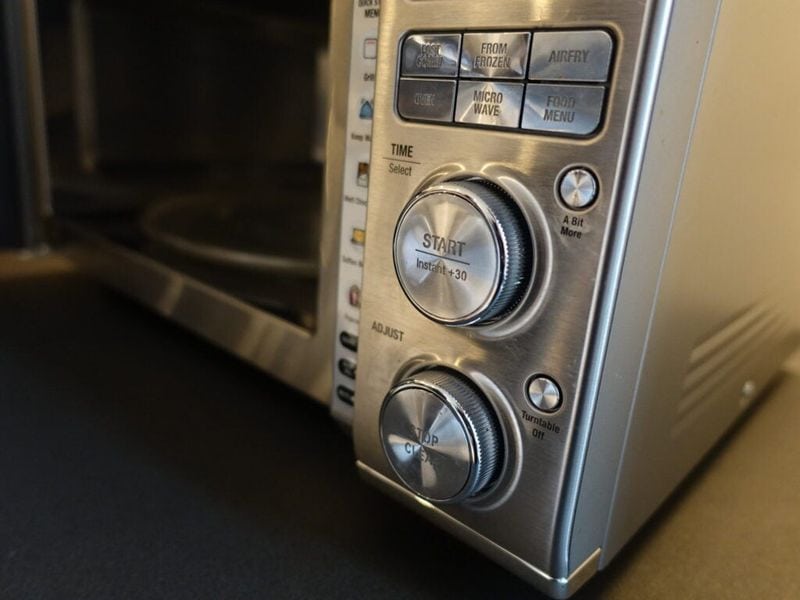
The microwave is often a quick stop for reheating meals, and it’s equally quick to become a mess of splatters and spills.
Wipe down the interior frequently to maintain cleanliness and efficiency. A warm cloth with a bit of vinegar does wonders.
For stubborn spots, a bowl of water and lemon juice microwaved for a few minutes loosens grime, making it easier to clean. Picture a sparkling microwave where every meal feels fresh and inviting.
Regular care of your microwave saves time and keeps your kitchen looking pristine.
9. Overlooking Cabinet Handles

Cabinet handles are touched constantly, yet they’re frequently overlooked during cleaning sessions. These small surfaces can harbor a surprising amount of grime and bacteria.
A quick wipe with a disinfectant helps keep them germ-free.
Consider the satisfaction of opening a cabinet with a handle that feels clean to the touch. It’s a small detail, but it contributes to the overall cleanliness of your kitchen.
Regular attention to these often-neglected areas ensures that your kitchen remains a welcoming and healthy environment for all.
10. Ignoring the Range Hood

The range hood works tirelessly to filter out smoke and odors, but it often gets ignored. Grease and grime accumulate quickly, affecting its efficiency.
Regular cleaning with warm, soapy water or a specialized degreaser is essential.
Imagine the comfort of cooking without lingering odors or smoke. A clean range hood also enhances the aesthetic appeal of your kitchen.
Ensuring it’s in top condition not only extends its life but also supports a healthier cooking environment. Pay attention to this vital but often overlooked component of kitchen hygiene.

